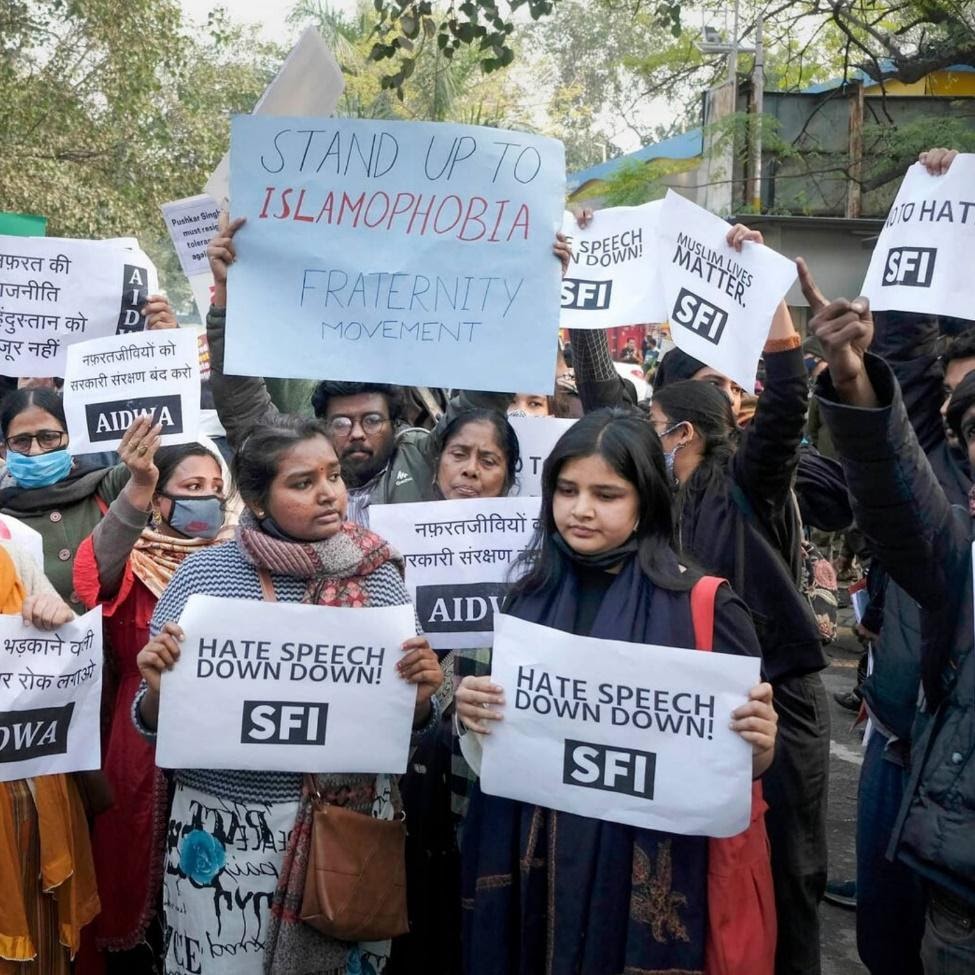Free Courses Sale ends Soon, Get It Now


Free Courses Sale ends Soon, Get It Now



Figure 1: No Copyright Infringement Intended
Context:
About Hate Speech:
Indian Constitution and hate speech
Impact of Hate Speech:
Causes of Hate Speech:

Legal protection against Hate Speech:
Prevention of Atrocities Act and hate speech:
Media law and hate speech:
Supreme Court Judgement Related to Hate Speech:
SC’ s Recent Judgement:
Shreya Singhal v. Union of India:
Arup Bhuyan vs State of Assam:
Way Forward:
© 2024 iasgyan. All right reserved